Editor’s note: This is part of a weeklong series about “The Fast & the Furious” and its impact on the car world.
Arguably one of the most famous movie cars in the past 20 years is the Toyota Supra from The Fast & the Furious. Most people, no matter their opinion of the movie, are familiar with the orange Japanese coupe with the silver-and-green decals.
But that iconic car could have had a reduced role — or maybe not been in the movie at all — if it weren’t for one man: Craig Lieberman.
The man who wound up serving as the technical director for the first two films of the franchise got his start working on cars when he was 16.
“My dad gave me a hand-me-down car, an Isuzu I-Mark, which looked like a Honda Civic back in the day,” Liberman said in a phone interview.
He began to work on the car as a hobby, but his lifelong love of wrenching and modifications began when he blew the engine and had to rebuild it.
By the late 1990s, he had owned and modified multiple cars, was the director of the National Import Racing Association and worked for Super Street magazine. It was then he was approached by David Marder, who was working on a film with the working title Redline.
Over lunch at Delmonico’s, Marder handed Lieberman a script and told him to look it over. Lieberman, who had little Hollywood experience at the time, agreed.
“I’m reading this thing, and I’m kind of chuckling a little. I’m like, ‘They can’t be serious. They’re going to make a movie out of this?’ It was clear they’d done some research on the illegal street racing world, especially the tuner segment. They had some terms in there and some car references in there that were kind of close, but a little off-base.”
Lieberman was called to the Universal Studios backlot about a week later, where he met director Rob Cohen, producer Neal Moritz and others. Lieberman drove his own modified, then-yellow Supra — the eventual hero car in the first movie — to the meeting.
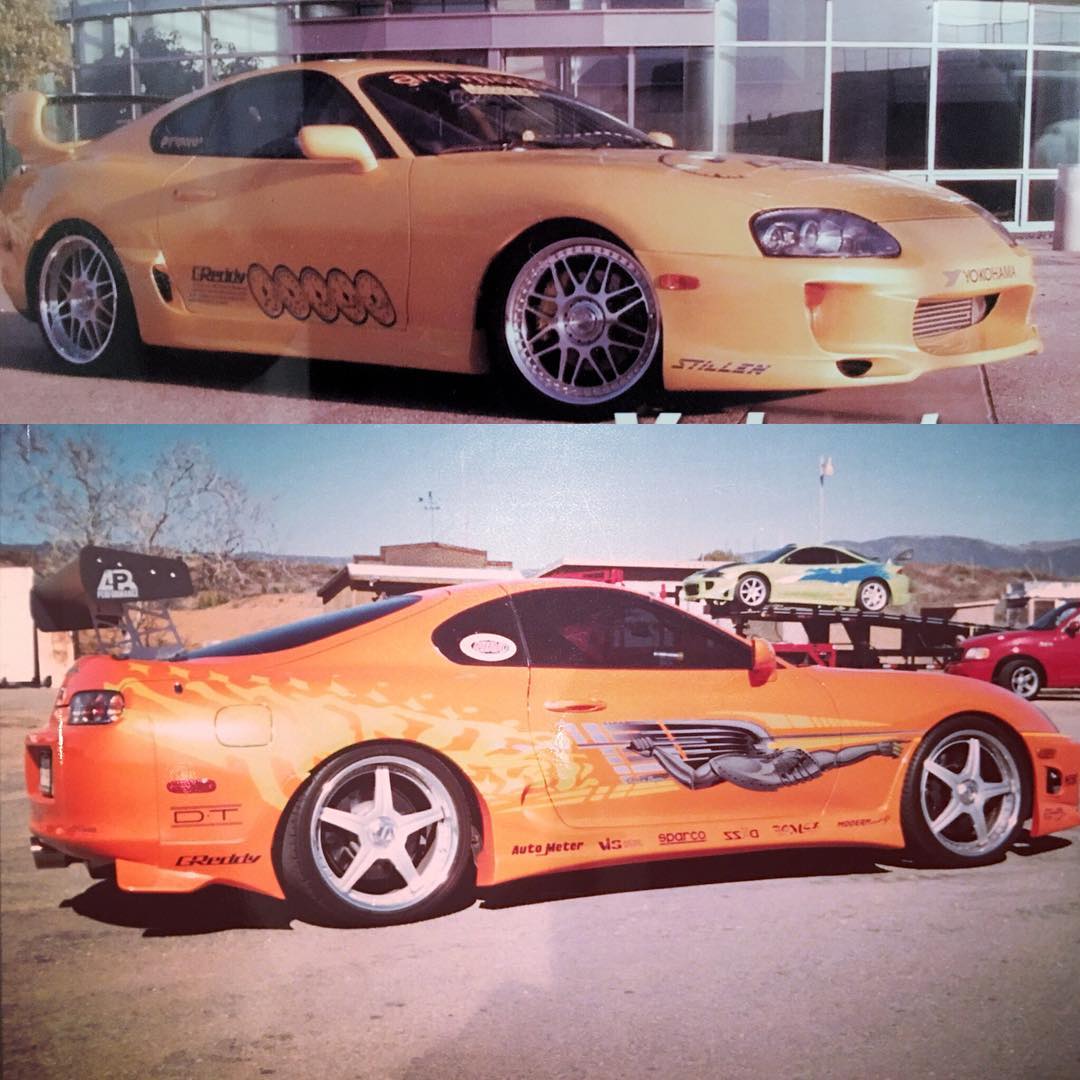
“They started asking me questions about the car, open the hood, open the trunk, see the nitrous bottles,” he said. “I’m being pulled in six different directions. Everybody was asking me these questions: ‘What is that?’ ‘Why do you have these big oxygen tanks in your trunk?’ ‘Isn’t your car going to blow up?’”
The group laid out their plan for the movie, including which cars they wanted to feature. It was then Lieberman took the reins.
“I showed them what the cars were on the food chain, I counseled them on the decisions,” he said. “Originally, they had a Mitsubishi 3000 GT as the hero car, which was difficult to find, difficult to mod, difficult to find parts for and we switched them to a Supra, but Brian [played by Paul Walker] was going to jump into an Eclipse.
“I said, ‘You’re going backward. You need to do it the other way around. You start off in an Eclipse and go to a Supra.’”

Liberman was told he was being hired as a technical director, although he had no idea what that meant.
As the film ramped up to production, Lieberman and the crew found creative ways to work with a relatively modest $2 million budget that had to cover cars, drivers, transportation — everything.
“They were going to do something they’ve never done before: Instead of building the cars from scratch, they were going to rent them from the owners and buy the same year, make and model car and just cosmetically replicate the cars and, by cosmetically, I’m using the very loosest of definitions,” he said.
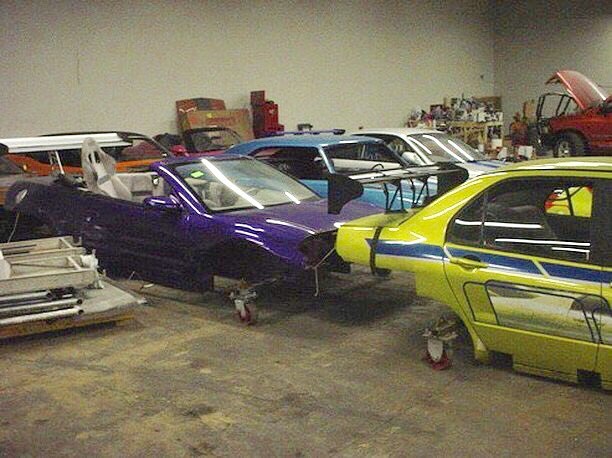
“These cars were painted in a day. The body kit would go on, they’d paint it with very little prep. We didn’t have money for the gauges so we made plastic molds of the gauge casing and then Xerox copied the faces of the gauges and then cut the pieces of paper and glued them to the gauge pods. We tinted all the windows dark so you couldn’t tell the interiors were a fraud. We’d slip on seat covers to make them look like Sparcos.”
Lieberman also had another job: Find sponsors for some of the cars who would be willing to offer parts for free.
“My job was to call up all these parts manufacturers with whom I had relationships because of NIRA and Super Street and beg the for parts,” he said. “While we wanted the hardcore Japanese tuner parts from Japan, we just couldn’t get them. They just wouldn’t play ball.”
Some of the cars in the movie were chosen out of necessity. For example, Jesse (played by Chad Lindberg) drove a custom Volkswagen Jetta after Lieberman could not get his hands on a BMW M3 or E36.
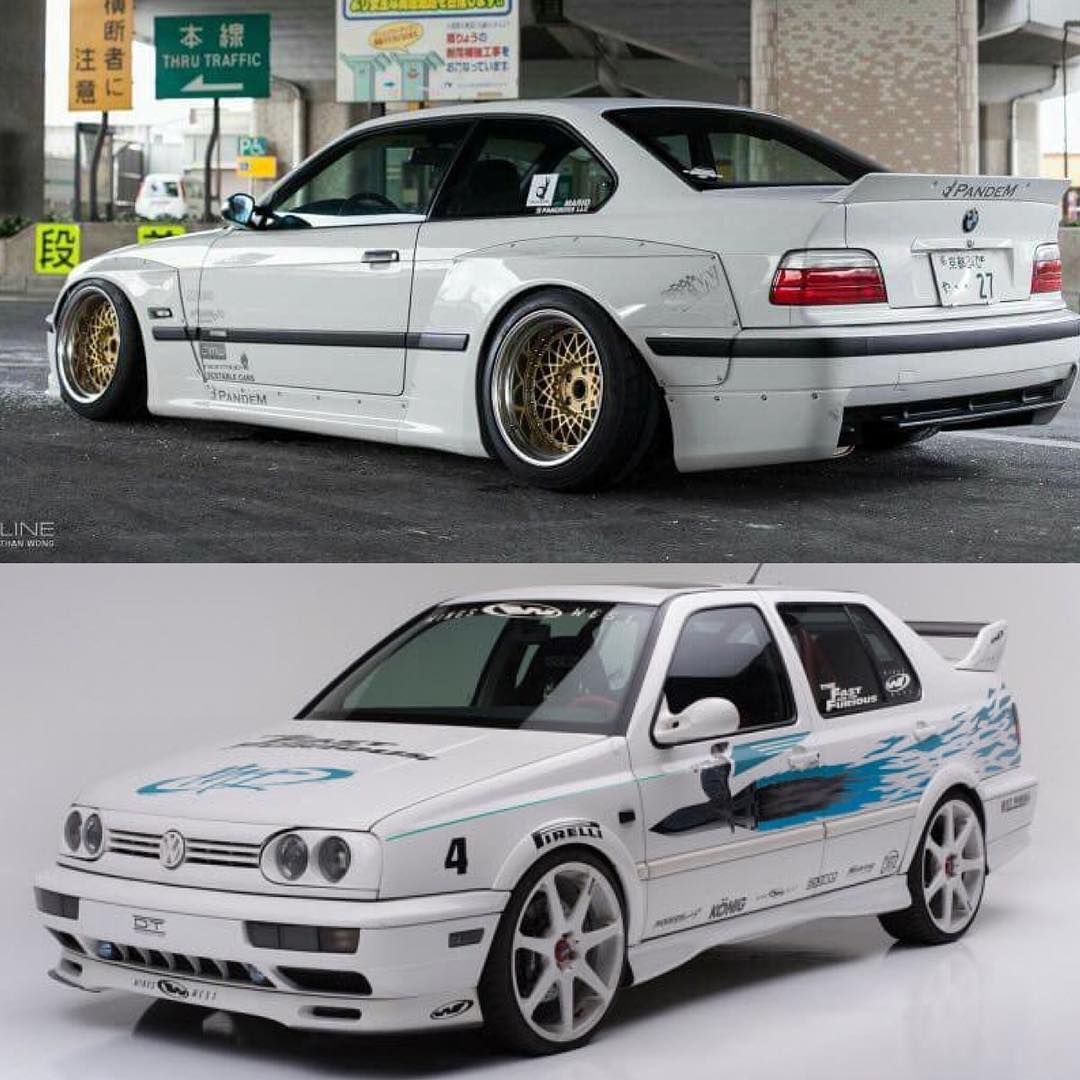
A Maxima driven by actor Matt Schulze in the movie was another one of Lieberman’s cars.
“It belonged to my wife at the time,” he said.
However, Lieberman chose to add the 1970 Dodge Charger R/T, the hero car that winds up getting wrecked in the end.
“The Charger was in deference to Dominic’s — Vin Diesel’s — father, who would have been an old-school racer so it had to be a domestic car, not a tuner car,” he said.
Liberman was also involved in choosing the cars for 2 Fast 2 Furious.
“At the time, they had a relationship working with Dodge and Dodge was going to give them the Neon SRT-4 as the main car, the hero car in the movie, and I’m writhing in my seat when I’m hearing this at a table with 18 other people, including the VP of the studio,” he said.
“In my humble opinion, you can put lipstick on a pig, but it’s still a pig. The woman across from me looks at me and goes, ‘Are you telling me to turn down a multimillion-dollar deal from Dodge?’ I said, ‘No, they have other cars we can use. Let’s get our hands on some Vipers. That would work.’”
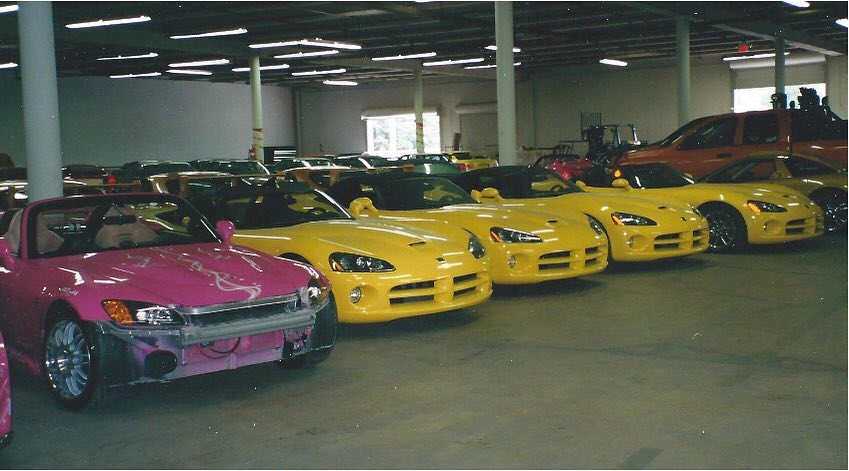
While 2 Fast would stick to the franchise’s tuner roots — Lieberman also owned that film’s hero car, the Nissan Skyline GT-R — it prominently featured two American muscle cars restored from a junkyard by YEARONE.
“It was a brilliant move,” Lieberman said. “Dodge did jump in and that was the start of a long and fruitful relationship for both parties. It segued very well into a new kind of genre of films in so far that it appealed to a wider audience.”
Lieberman left the franchise after the third film, Tokyo Drift.
“My services ended after Tokyo Drift because they didn’t need me anymore,” he said. “They have all the connections they need. By this time – they’re such a large franchise – they can call anybody and get anything they want for free.”
He went on to consult on multiple other projects and continues to do so today while also working in digital marketing.
Lieberman wrote a book about his experiences in The Fast & the Furious franchise. He said he made the decision to do so after starting a popular Instagram account and finding a need to collect his memories in one place.
“People started going crazy for the little factoids, so I used it for the buildup for the book,” he said.
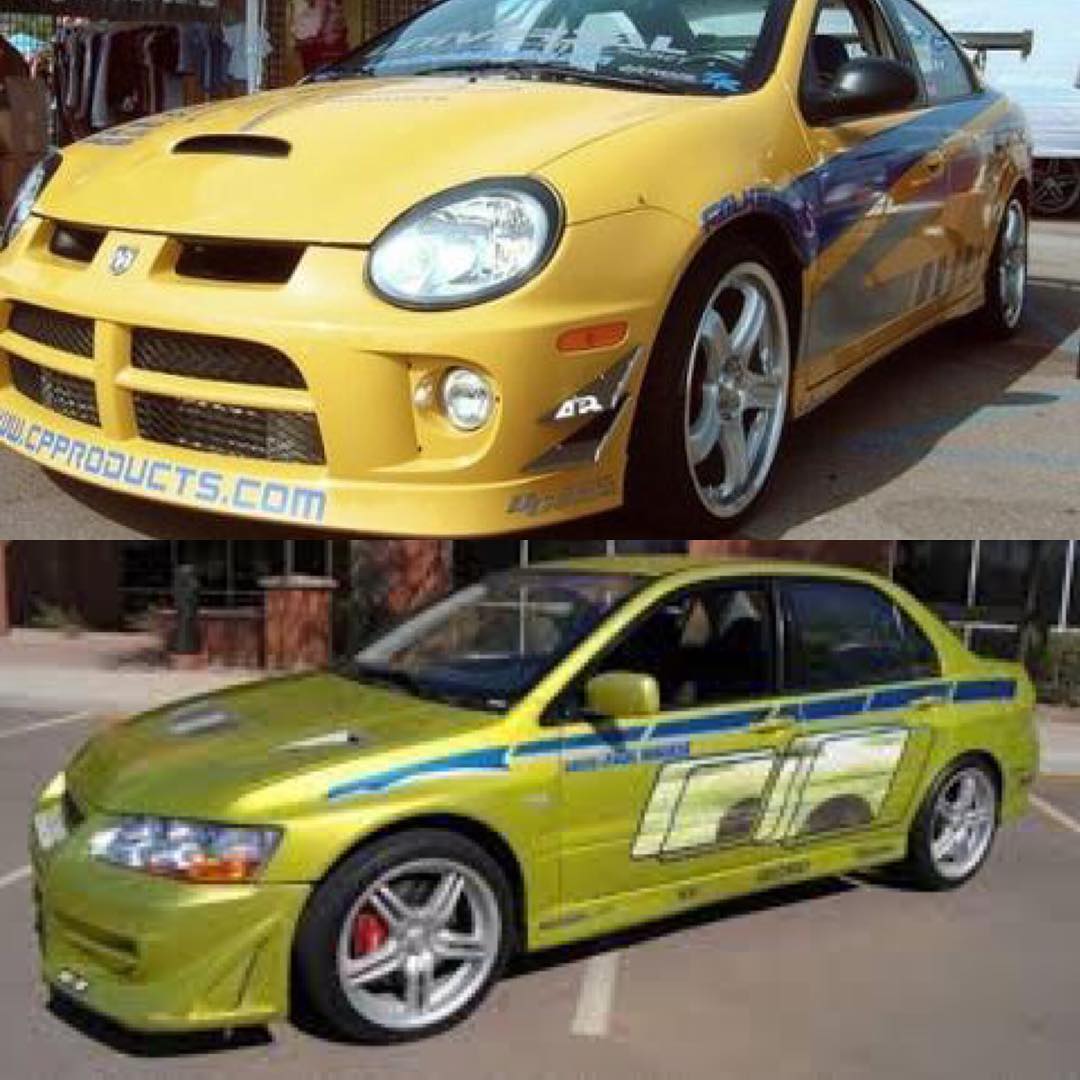
If you ask him, the movies have become a part of pop culture but the more important impact of the franchise was on the car world.
“Whatever your opinion of the movie is, you have to admit people got involved with the tuner scene or the car modifying scene in a big way, in no small part due to the influence of the movie.”
For as big of an impact as he had on the film, Lieberman basically fell into the job. It’s something he acknowledged.
“I say this in my book over and over again: It could have been anyone of thousands of people they picked that day who could have done just as good of a job, if not better. I just happened to be in the right place at the right time. It was just a complete twist of fate.”
The Fate of the Furious, perhaps?
Read our other “The Fast and the Furious” coverage:






A real sweet car one of the nicest Japanese car I have ever seen I remember when it was sold at the car auctions but I can’t remember if it sold at Barter Jackson or Mecum,auctions but it’s a sweet ride. I like the color body kit but what kind of wheels and size offset ECT and tire combination.
Would love to see a magazine article on the car or television special about the car.the biggest mistake car makers make is to stop making a good car when they have a good car.
I really enjoyed the movies and the cars were great. It really made the movies. Especially with Paul Walker and my fiance Mark Sinclair. These movies were wonderful. Best ever made
This guy, and this movie, ruined the entire scene. The cars used were crap too.
Estoy de acuerdo